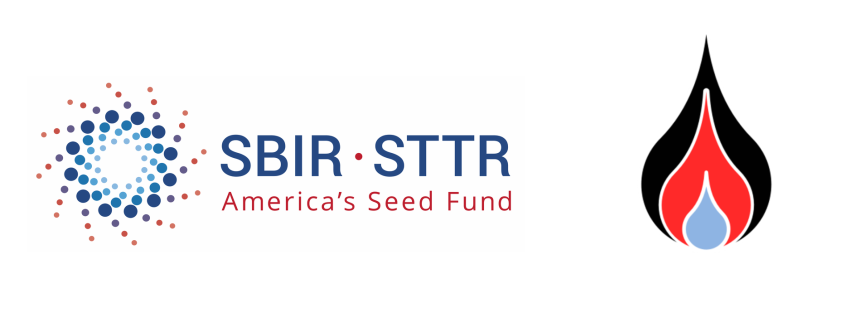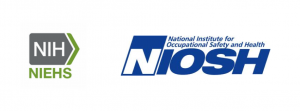If you would like to use one of these pieces of equipment, please contact Kathleen Berg for training. For current users, please fill out the booking request form to reserve an instrument.
Optical Profilometer
(Zygo – ZeScope, website)

Applications: The optical profilometer is used for three-dimensional imaging of surfaces. It is most often used to measure film thickness, microscopic features, and surface roughness.
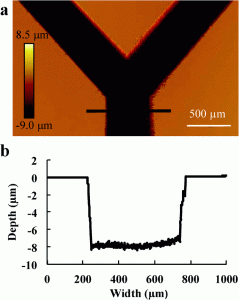
Lehmkuhl et al. Lab Chip, 2015,15, 4364-4368
Dimatix Materials Printer
(Fujifilm – DPM-2850, website)
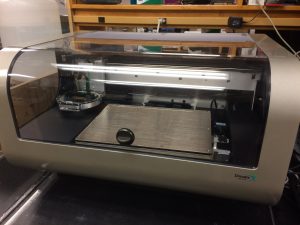
Applications: The Dimatix printer is used for the precise piezoelectric inkjet printing of multiple reagents.
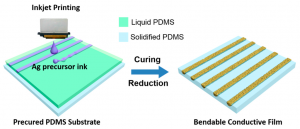
Sun et al, Materials, 2016,9(4), 253
Laser Cutter
(Epilog – Zing, website)
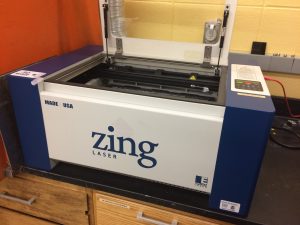
Applications: The Laser cutter is used for precision cutting of materials for microfluidic devices, paper-based devices, templates, and holders. Designs for lasering are typically prepared in CorelDRAW x4 or Illustrator 2017.
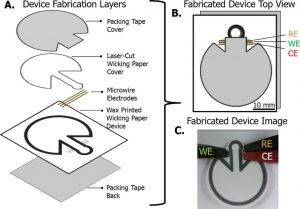
A. Adkins et al, Anal. Chem., 2016, 88 (21), 10639–10647
High Pressure Liquid Chromatography
(Thermoscientific – Ultimate 3000, website)
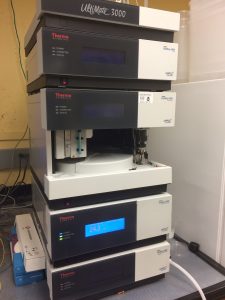
Applications: The HPLC is used for separation of complex reaction mixtures, and often coupled with UV or Electrochemical detection.
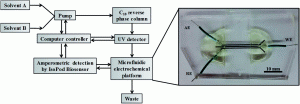
Pluangklang et al, Anal. Methods, 2014, 6, 8180-8186
3D printer
(Formlabs – Form 1, website)
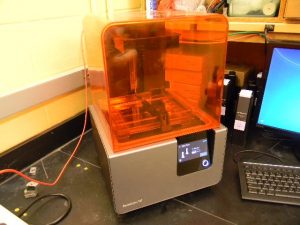
Applications: This stereolithographic printer is used with £D schenatics (.stl or .cad files), designed in Sketchup to print primarily microfluidic devices and holders.
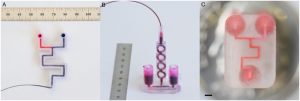
G. Patrick et al, PLoS One. 2015, 10, 12, e0143636
Ion Chromatography
(Metrohm – 881 Compact IC pro, website)
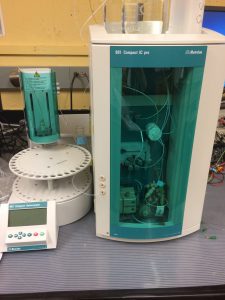
Applications: Used for separation of ions and polar molecules in complex reaction mixtures, often coupled with a conductivity detector.
Fluorescence Microscope
(Nikon – Eclipse TE2000-U Inverted Microscope, website)
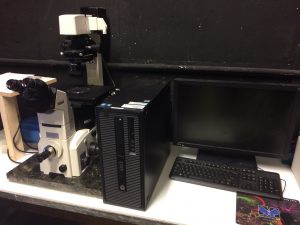
Applications: Employs a Mercury Arc lamp for excitation and CCD camera for detection. Used for imaging of fluorescent particles, solutions and surfaces, for example measurement of fluorescent microbeads in microfluidic devices.
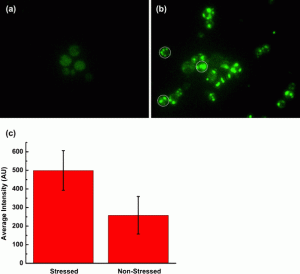
E. Holcomb et al. Anal. Bioanal. Chem., 2011, 400, 245
Capillary Electrophoresis
(Beckman Coulter – P/Ace MDQ, website)
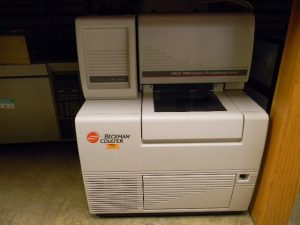
Applications: Employs a UV detection system and is used for the separation of compounds through application of an electric potential.

D. Noblitt et al, J. Chromatogr. A, 2007, 1154, 1-2, 400-406
Microchip Capillary Electrophoresis
(Homemade)
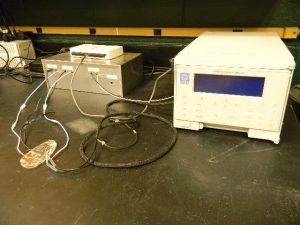
Applications: Employs a high voltage power supply and is used for separation of compounds in a microfluidic device, through application of an electric potential.
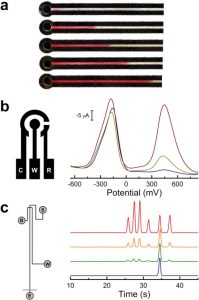
D. Noblitt et al, Anal. Chim. Acta, 2016, 915, 7, 64-73
Flow Injection Analysis
(DropSens – DRP-FLWCL, website)
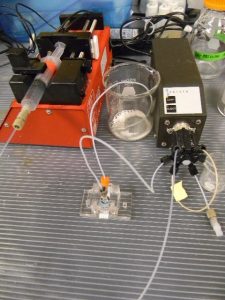
Applications: Flow injection couples various analytical techniques with a syringe-pumped analyte, for enhance sensitivity and reduce sample volume requirements. In the example above, a wall-jet flow cell is coupled with a screen printed carbon electrode for quantitation of environmental pollutants in aerosol samples.
Potentiostats
(CHI and EDAQ – various models, website, website)
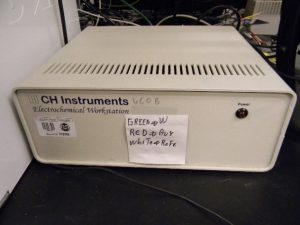
Applications: We have several CHI and EDAQ potentiostats that are employed for electrochemical measurements of environmental and biological analytes, commonly using cyclic voltammetry, electrochemical impedance spectroscopy, chronoamperometry, and stripping voltammetry.

- B. Wydallis et al, Lab Chip, 2015, 15, 4075-4082

